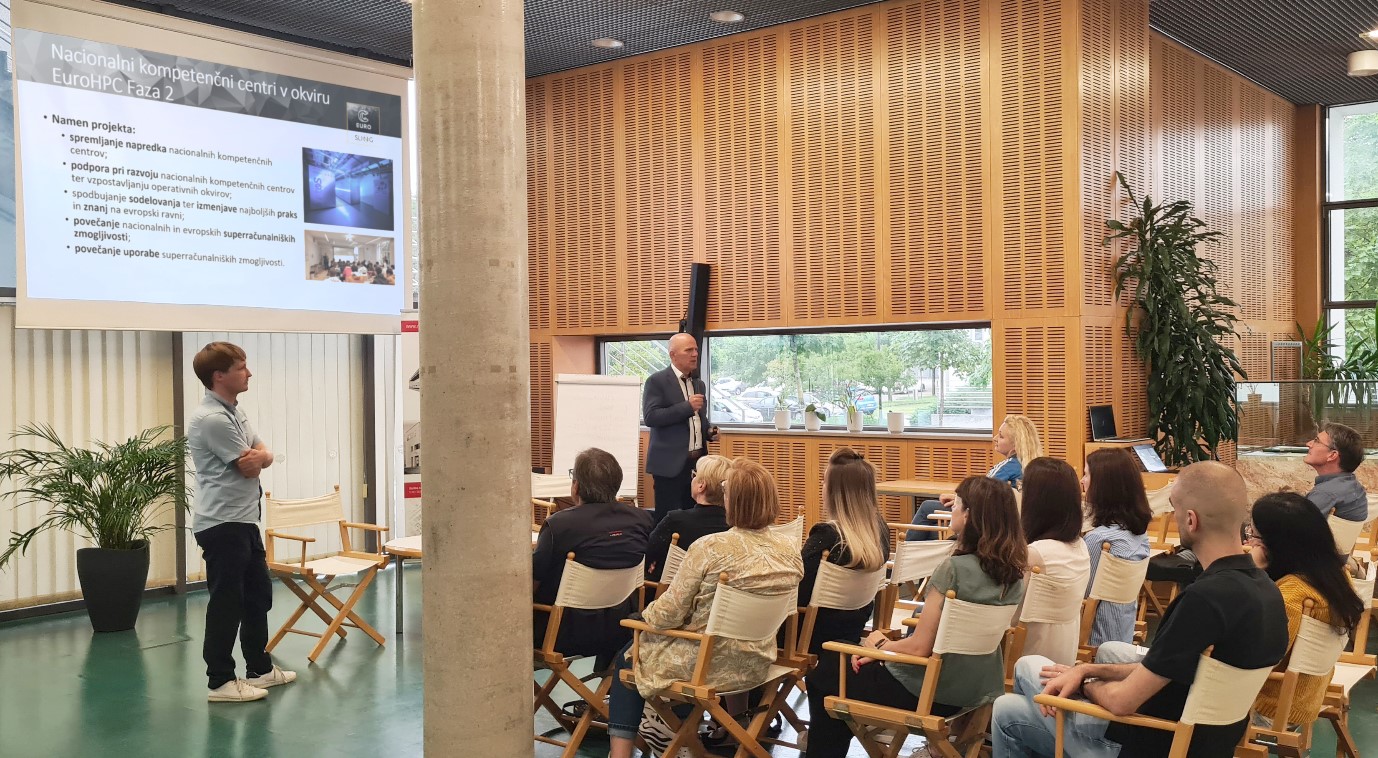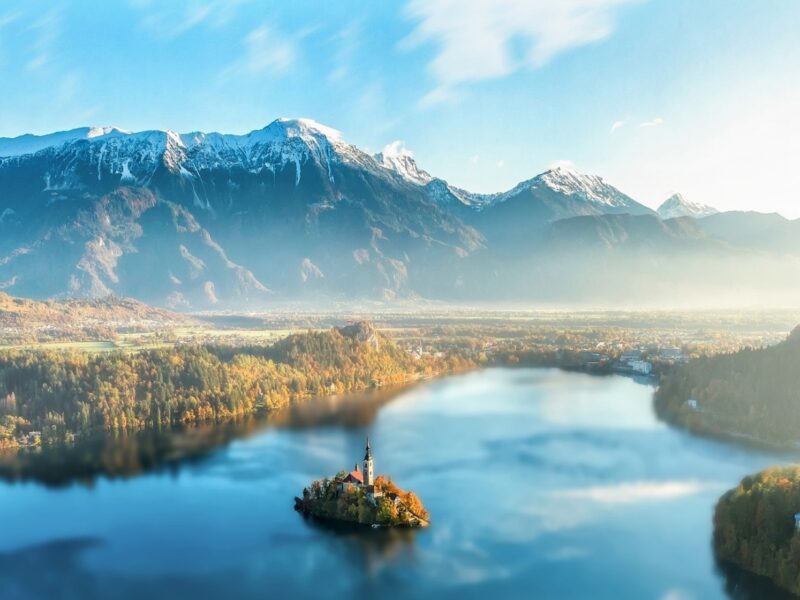On Thursday 30th May, Tomi Ilijaš, Arctur’s CEO, and Matevž Straus, Heritage+ Lead, delivered a compelling presentation entitled “Supercomputing and Artificial Intelligence: Potential for a Better Tomorrow” in Nova Gorica. The event was open to the public to demonstrate how cutting-edge technology can drive research and development in various sectors, with a focus on medicine and tourism, to foster innovation and contribute to social and economic growth.
Ilijaš started by introducing the NCC SLING to the public as a valuable entry point into the HPC world for industry, research, public administration and students. The NCC SLING offers expert support to all users who want to learn more or use HPC and AI technology. Ilijaš highlighted two of Arctur’s valuable R&D projects, CLASSICA and QUSTom, both dedicated to revolutionising cancer detection and prevention. These projects are powered by supercomputers and AI, enabling faster workflows, precise analysis, tissue recognition and reduced human error.
The Arctur team, as a partner in the CLASSICA project, has taken on the complex challenge of developing and optimising AI technology for real-time surgical applications to support the main goal of the CLASSICA project – the use of AI technology for cancer classification in the operating theatre. Ilijaš presented the project activities and highlighted the importance of AI technology for image recognition and tissue classification. He also shared the valuable experience that Arctur team recently gained when some team members were invited to participate in the live test surgery at the Barmherzige Brüder Hospital Graz in Graz, Austria, to perform the first tests of CLASSICA-OR in the operating room.
As a partner in the QUSTom project, the Arctur team led the optimisation of the 3D HPC inversion software. This software will support the analysis of data collected by the innovative 3D ultrasound computed tomography prototype developed by partner KIT. The algorithm will transform the data into high-resolution medical images using the power of the MareNostrum5 supercomputer at the Barcelona Supercomputing Centre and the UBIware software from FrontWave Imaging, a spin-off company of BSC and Imperial College London, which is also sponsoring the clinical validation.
Supercomputing is the most powerful tool to help Arcturians work faster and smarter, enabling SMEs to develop new products, significantly reduce time-to-market and lower production costs. One of our most significant and long-standing contributions is the Fortissimo project, now in its fourth phase as FFplus, which offers industry a pathway to Industry 4.0/5.0 and innovative product development.
The second part of the presentation focused on the stunning 3D models and VR/XR experiences of cultural heritage developed by the Arctur team as part of the Heritage+ programme. These 3D models tell stories and allow visitors to experience them in a new way. The use of VR and XR experiences can prevent overcrowding in protected areas and encourage visits to remote but fascinating sites that are not normally visited. Digitising cultural heritage also provides a digital script that can last forever.





